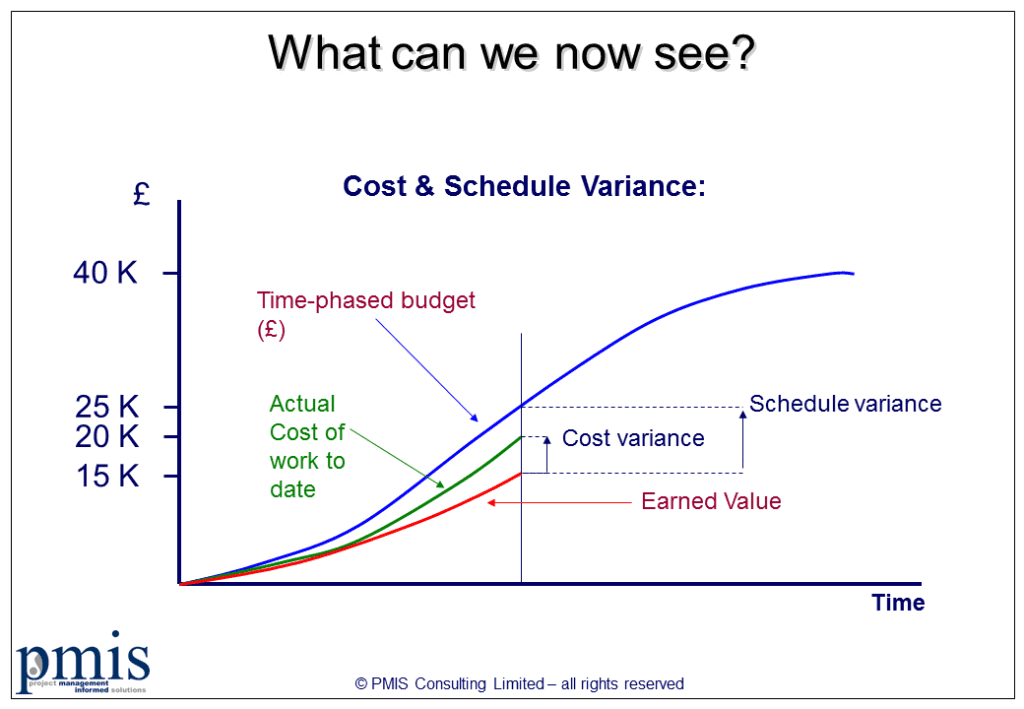Earned Value Management (EVM) Definition and Overview

Earned value management is an example of – Earned Value Management (EVM) is a project management technique that integrates scope, schedule, and cost data to measure project performance and progress. It provides a comprehensive view of project status and helps project managers make informed decisions.
Earned value management is an example of a quantitative technique that can be used to measure the progress of a project. By comparing the actual costs and schedule to the planned costs and schedule, project managers can identify areas where the project is at risk.
This information can then be used to make informed decisions about how to mitigate the risks and improve the project’s chances of success. Choosing an investment manager is another important decision that can have a significant impact on the success of a project.
It is important to consider the manager’s experience, track record, and investment philosophy before making a decision.
The three main components of EVM are Planned Value (PV), Actual Cost (AC), and Earned Value (EV):
- Planned Value (PV)represents the budgeted cost of work scheduled to be completed by a specific date.
- Actual Cost (AC)is the actual cost incurred to complete the work.
- Earned Value (EV)is the value of work actually completed.
EVM is commonly used in industries such as construction, engineering, and software development, where projects are complex and require careful monitoring and control.
Earned value management is an example of a structured approach to project management that can help organizations to identify and mitigate risks. By understanding the elements of an effective crisis management plan, describe the elements of an effective crisis management plan , organizations can develop strategies to prevent or respond to crises that could impact their projects.
Conclusion
In conclusion, EVM is a valuable tool that empowers project managers to gain a deep understanding of project performance, identify potential risks, and make informed decisions. By embracing EVM principles and implementing them effectively, organizations can significantly improve project outcomes, enhance stakeholder confidence, and achieve project success.
FAQ Section: Earned Value Management Is An Example Of
What are the key components of EVM?
The key components of EVM include Planned Value (PV), Actual Cost (AC), and Earned Value (EV).
Earned value management is an example of a project management technique that uses data to track progress and performance. Data governance is an approach to managing the availability, usability, integrity, and security of data used by an organization.
What are the benefits of using EVM?
EVM provides numerous benefits, including improved project control, enhanced decision-making, accurate progress measurement, and timely risk identification.
What are some best practices for implementing EVM?
Best practices for EVM implementation include establishing a clear baseline, collecting accurate data, involving stakeholders, and using standardized metrics.
What are some limitations of EVM?
EVM has some limitations, such as its reliance on accurate data and the potential for manipulation. It may also be challenging to implement EVM in complex projects or organizations.
Earned value management is an example of a project management technique that helps businesses track progress and identify potential risks. This technique is often used by business managers to oversee projects and ensure that they are completed on time and within budget.
By integrating earned value management into their workflow, business managers can gain a clear understanding of the project’s progress and make informed decisions to mitigate risks and improve efficiency. Duties of a business manager in an organization include planning, organizing, directing, and controlling the resources of the organization to achieve its goals.
Earned value management is a valuable tool that can help business managers effectively manage projects and achieve desired outcomes.
Earned value management is an example of a project management technique that helps track progress and identify potential risks. It is similar to the difference between an electronic medical record (EMR) and a practice management system, which are both used in healthcare but serve different purposes.
Earned value management can help project managers make informed decisions and improve project outcomes.
Earned value management is an example of a project management technique that helps to track progress and performance. It can be used to identify areas where a project is falling behind schedule or over budget. This information can then be used to make adjustments to the project plan.
Distinguishing between an entrepreneur and a manager is also important in project management. Entrepreneurs are typically more risk-taking and innovative, while managers are more focused on day-to-day operations. Earned value management can be used by both entrepreneurs and managers to improve the success of their projects.
Earned value management is an example of the collection of information used to support management of an organization. This information can be used to track progress, identify risks, and make informed decisions. Earned value management is a valuable tool for any organization that wants to improve its performance.
Earned value management is an example of a project management technique that can be used to track progress and identify potential problems. To create an ad on Facebook Business Manager, you will need to create a campaign, ad set, and ad.
Once you have created your ad, you can track its performance using the Facebook Ads Manager. Earned value management can be used to track the progress of your ad campaign and identify any areas where you can improve your results.